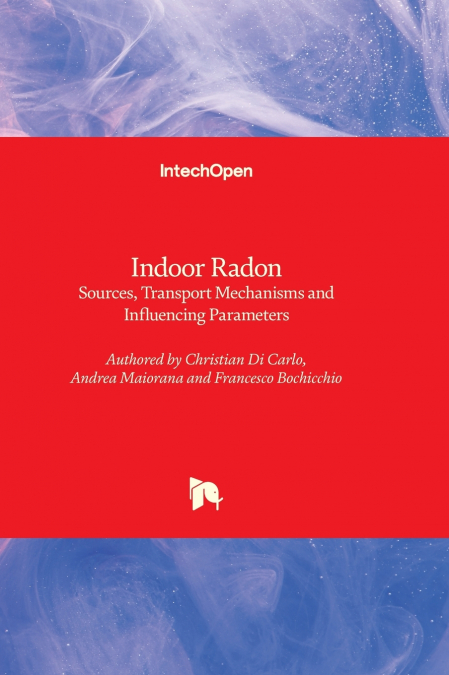
Andrea Maiorana / Christian Di Carlo / Francesco Bochicchio
Approximately half of the public exposure to radioactivity comes from radon, which is a naturally occurring radioactive noble gas. Radon and its decay products mainly enter the human body by inhalation indoors. Exposure to radon has been reported as a leading cause of lung cancer, and several studies are currently investigating its correlation with other health effects. Radon is generated mostly by rocks, either in the soil or in building materials, that contain radium-226. The resulting radon atoms enter buildings directly due to an activity concentration gradient or indirectly via a radon carrier, either air or domestic water. This book reports a systematic review of the mathematical formulations proposed to model radon generation and transport mechanisms. It presents original complements to the formulations proposed. It also examines most of the phenomena and properties influencing radon generation and transport. The result is a comprehensive theoretical treatment of the leading processes underlying radon accumulation in closed spaces.